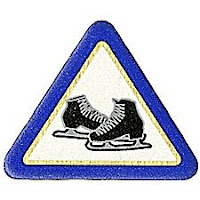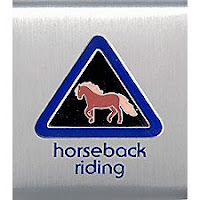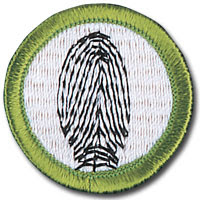Complete these three requirements:
- Explain the rules of kickball to your leader or adult partner.
- Spend 30 minutes practicing the skills of kickball (pitching, kicking, base running, catching, throwing). This may be over two different practice periods.
- Play a game of kickball.



















